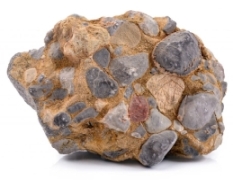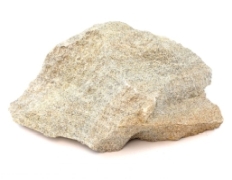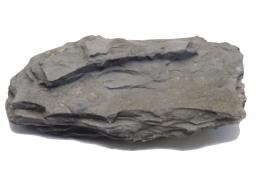  Sedimentary rock is formed at the Earth's surface by an accumulation of sediment that has been cemented, compacted, and solidified. Sedimentary rocks are the most common exposed rocks on Earth's surface, but are only a small constituent of the entire crust, which is made up mostly of igneous and metamorphic rocks.
Sedimentary rock is formed at the Earth's surface by an accumulation of sediment that has been cemented, compacted, and solidified. Sedimentary rocks are the most common exposed rocks on Earth's surface, but are only a small constituent of the entire crust, which is made up mostly of igneous and metamorphic rocks.Sediment can be deposited by the weathering, erosion, and chemical decomposition of preexisting rocks that are exposed to rainfall. Sediments can include soil, rock detritus, and other components dissolved in groundwater. Sediment also comes from deposited material in moving bodies of water, from the melting of glaciers, and from the slumping of rock and soil on hills. Clastic terrigenous sedimentary rocks consist of rock and mineral grains, or 'clasts', of varying size, ranging from clay, silt, and sand, up to pebble and boulder-size materials. These clasts are transported by gravity, mudflows, running water, glaciers, and wind and eventually are deposited in various places, often in river deltas. Coarse pebbles and boulder-size gravels usually form conglomerates, while sand becomes sandstone, and silt and clay form siltstone and shale.
Chemical sedimentary rocks form by precipitation of the dissolved products of chemical weathering. These may be deposited directly, or be transported to other locations, being eroded in the process. Chemically deposited sedimentary rocks include limestone, chert, oöids (concentrically layered spherical grains of calcium carbonate from shell fragments), and gypsum. 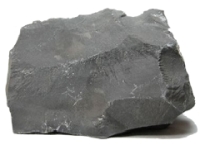
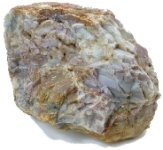
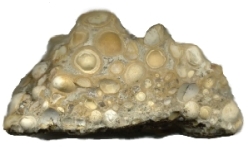
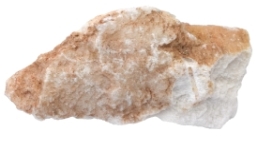 Sediments and sedimentary rocks are found only in Earth’s crust, which is the thin, light outer solid skin of Earth. However, sedientary rocks make up only about 5% of the crust by volume; igneous and metamorphic rocks constitute the largest part of the crust. Despite this, the area of outcrops and exposed sedimentary rock comprises 75 percent of the land surface and well over 90 percent of the ocean basins and continental shelves. In other words, 80–90 percent of the surface area of Earth is layered on top with sediment or sedimentary rocks rather than with igneous or metamorphic ones. This sedimentary rock shell forms only a thin superficial layer. 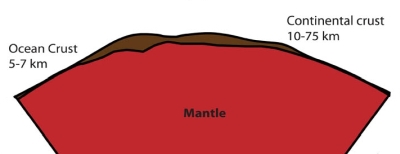 Many of the significant events in Earth history are most accurately dated and documented by analyzing and interpreting the sedimentary rock record. Sedimentary rocks provide information on ancient geography (paleogeography), including the growth of mountain systems, continental plates, and ocean basins. Sedimentary rocks contain the fossil record of ancient life-forms, that enables a description of evolutionary advancement from simple to complex organisms in the plant and animal kingdoms. Also, the study of folds, bends, breaks and faults in the strata of sedimentary rocks helps to describe the geologic history of the planet. Sedimentary rocks are important for another reason. They contain the world’s entire store of oil and natural gas, coal, phosphates, salt deposits, groundwater, and other natural resources. |
